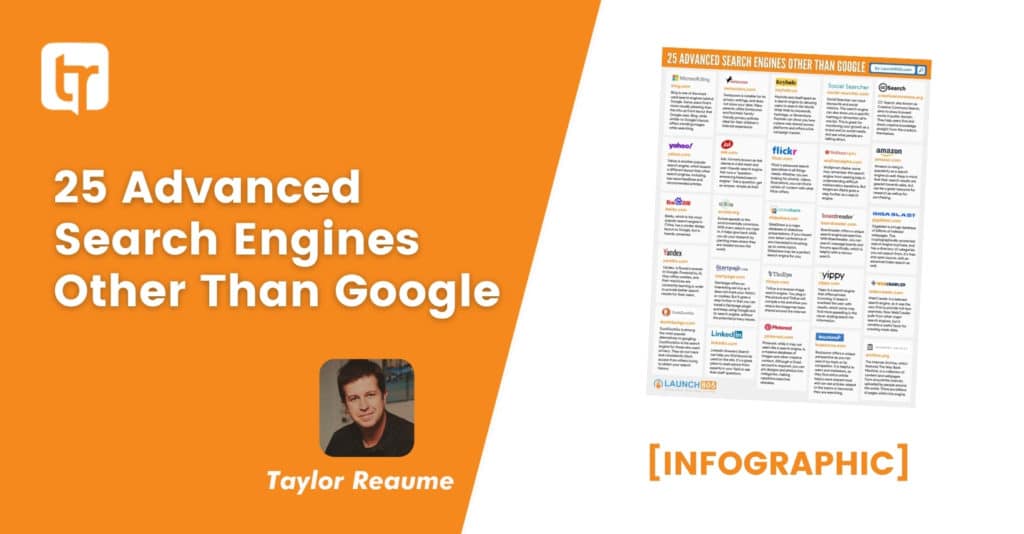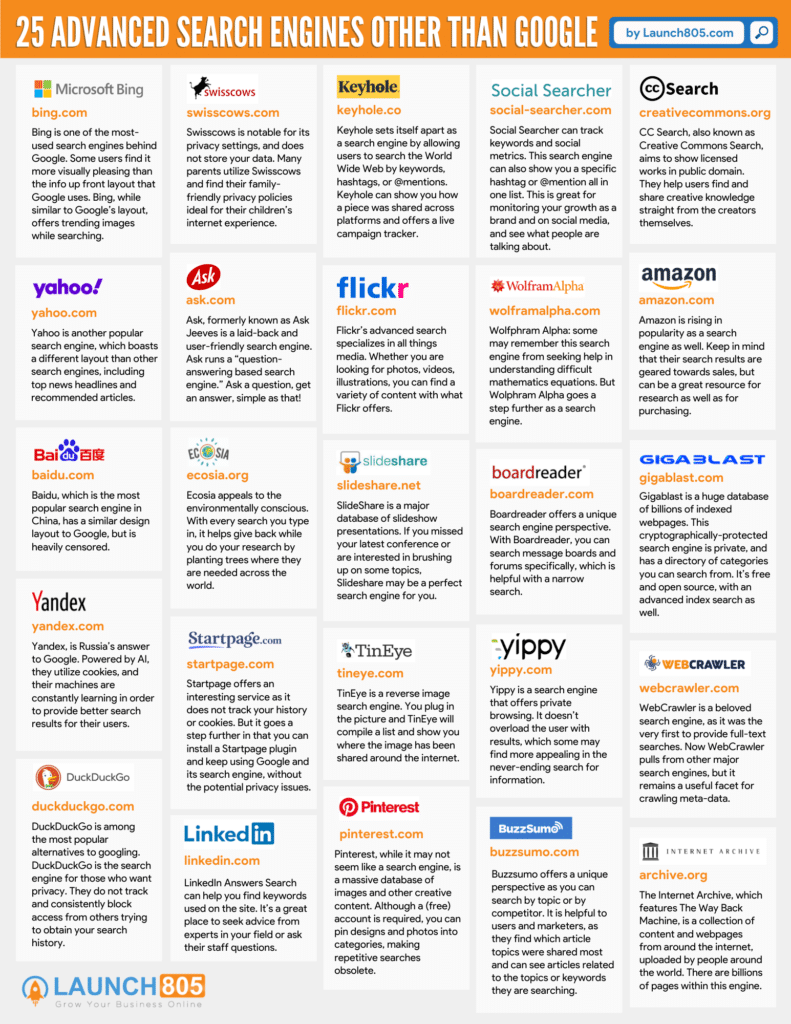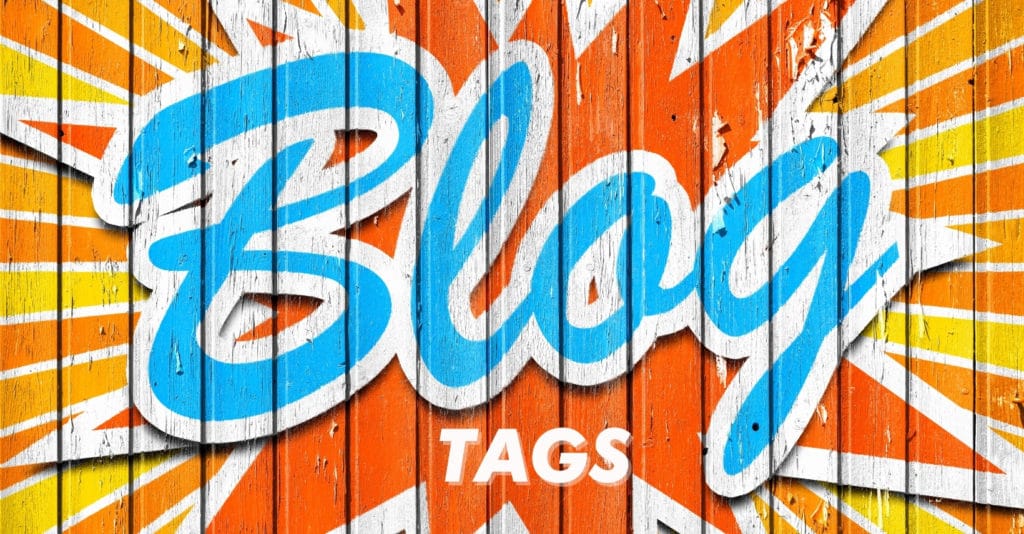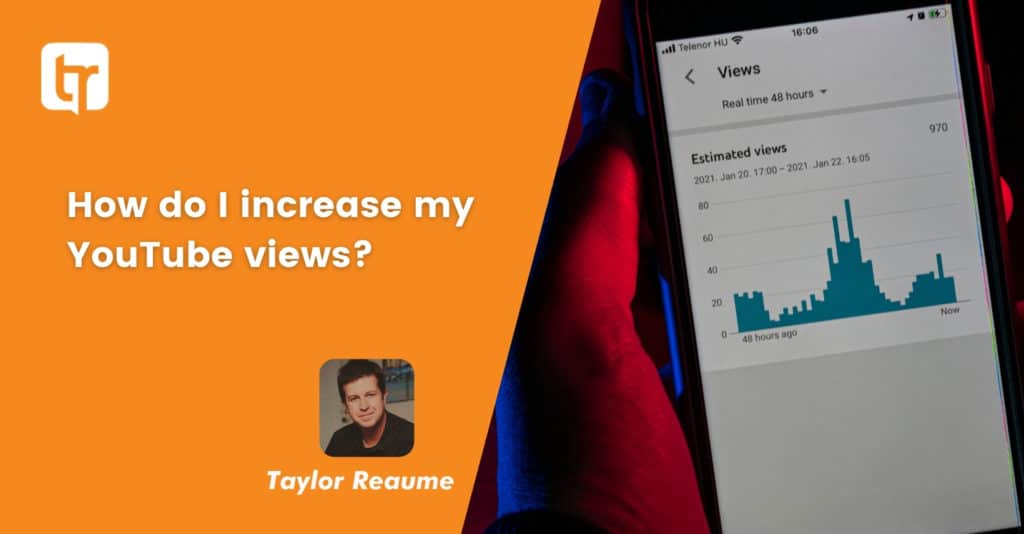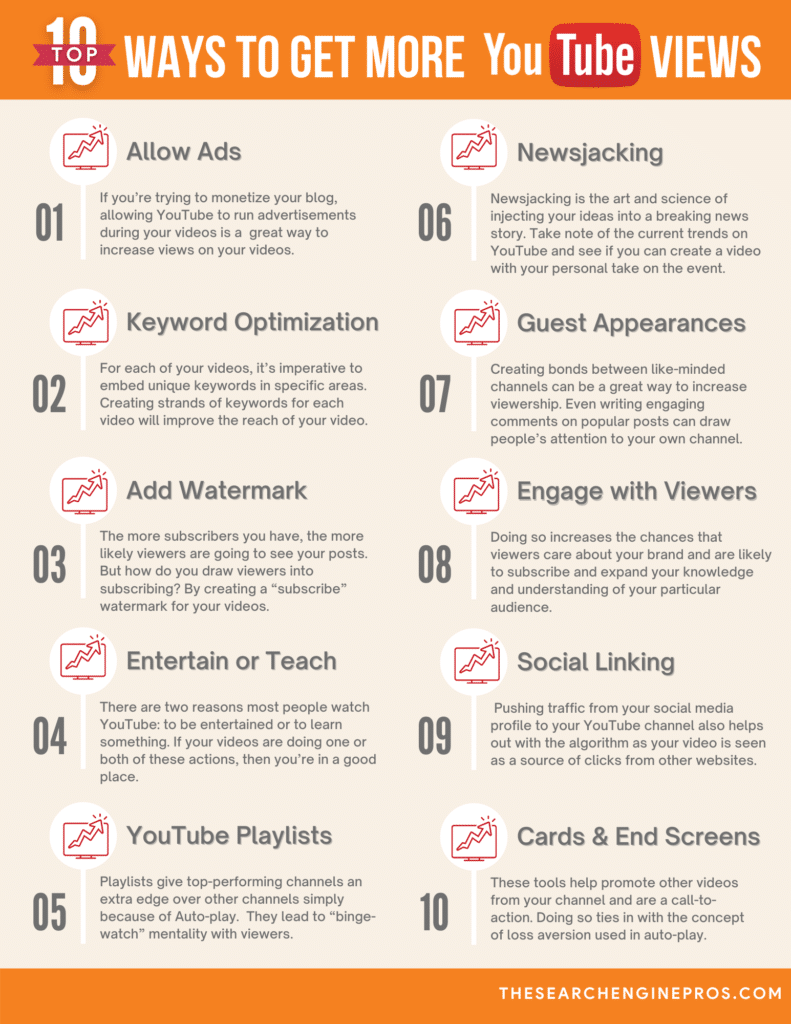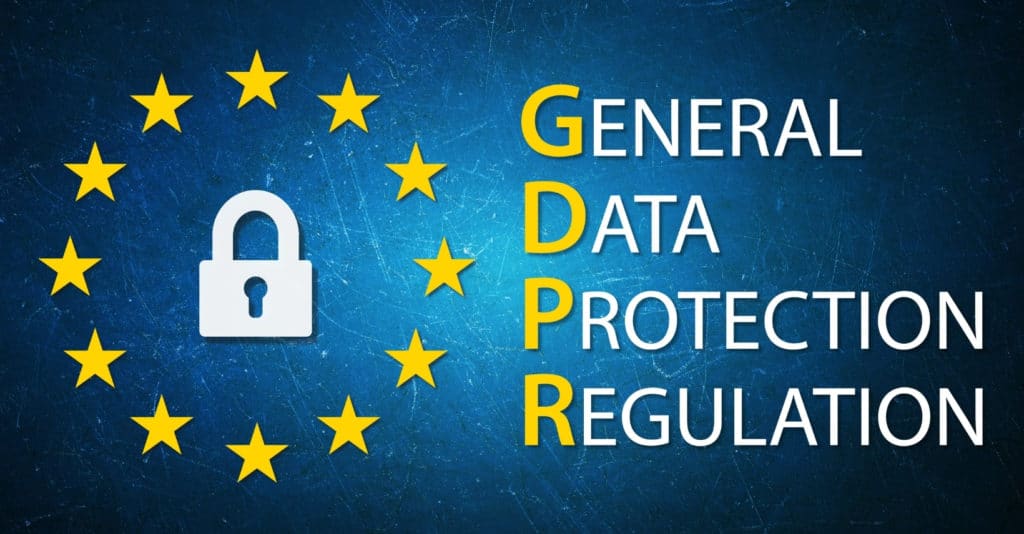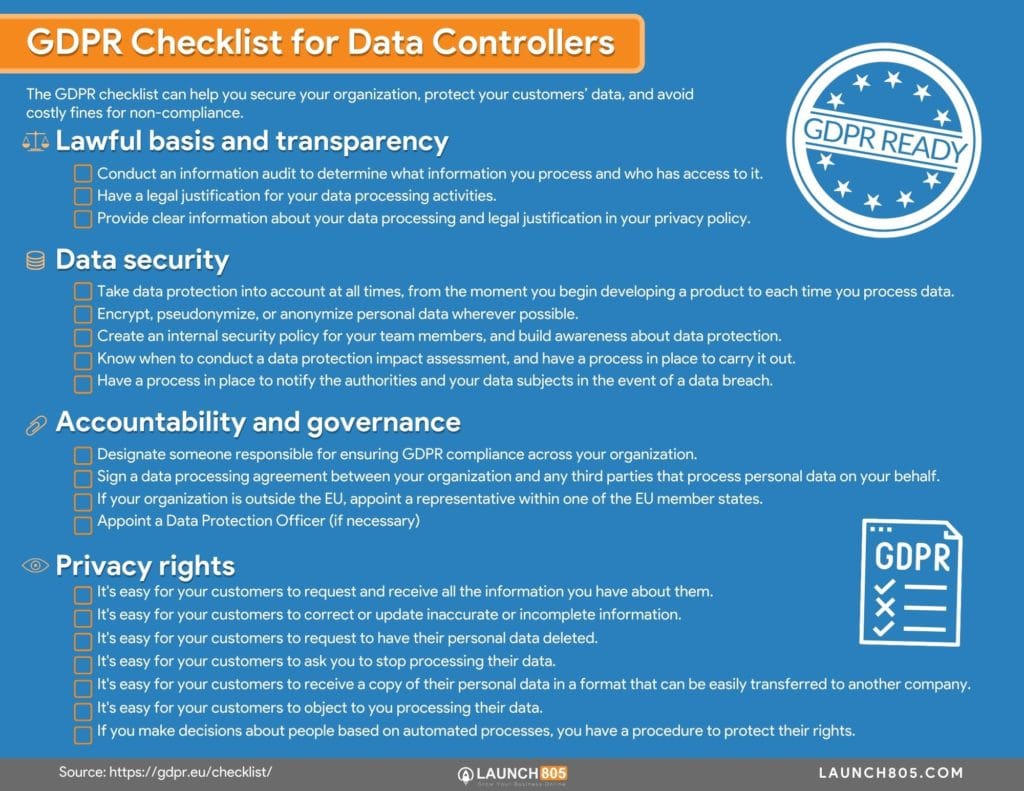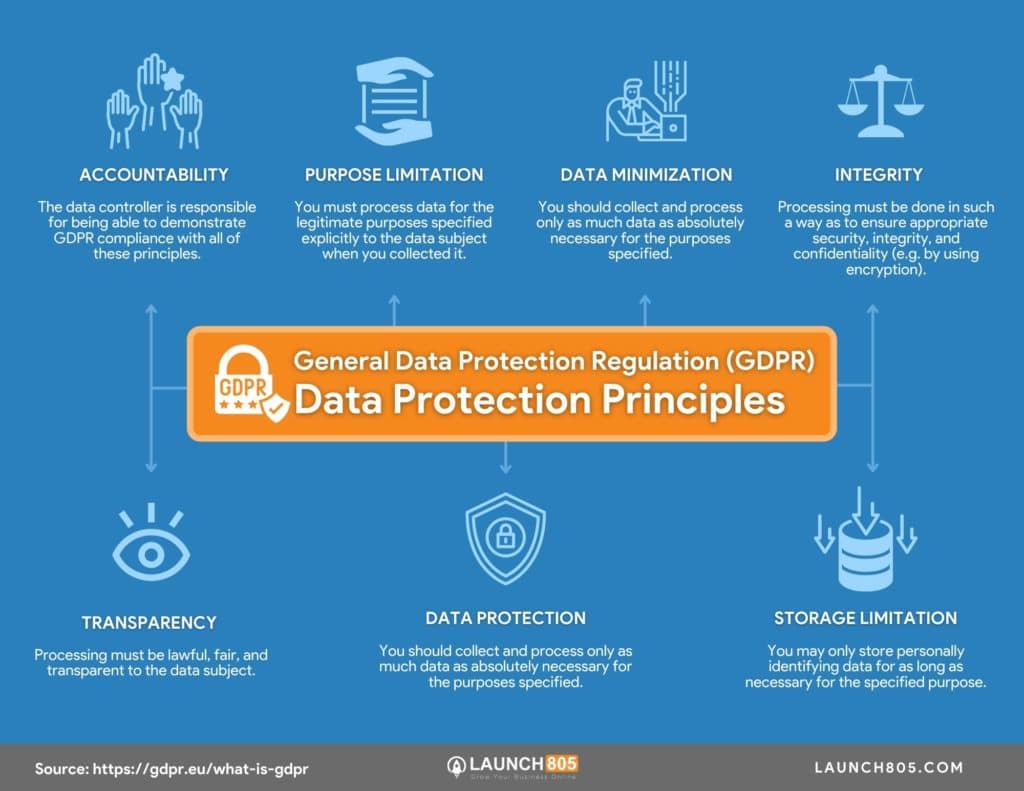Improve Your Website Traffic With Schema Markup

Schema markup and Structured data are an SEO tool that can help improve the click through rate of your website on the search engine results page (SERP).
While schema and structured data are not required they are highly recommended by all major search engines to help them pull the best data from your website in a way that makes it easy for users to view on a results page.
Schema and structured data improve the look of your websites listing on Google increasing potential traffic and showcasing the products, services, or information offered on your website. This will potentially decrease user bounce rate and increase your organic traffic revenue generation.
Schema gives you more control over how your website shows up on Google and the information users see when they search for your product or service offering.
Having accurate schema markup will improve your website’s local search ranking and help Google prioritize your website above competitors that have not invested in this untapped SEO tactic.

This guide to Understanding Schema Markup For SEO will outline:
- The difference between Schema markup and structured data
- How Schema and structured data affect a sites SEO
- Types of Schema markup and structured data available
- How to implement Schema and structured data on different web platforms
Below we will start by clarifying what schema and structured data are, how they are implemented on common web development sites, and what they can do to improve the search ranks of your site.
What Is Schema Markup
Schema markup is a code that you put on your website to help a search engine pull the right information from your website. Schema creates better descriptions, accurate company information, and enhances the users experience on the search engine leading to higher quality traffic for your website.
Schema is an open sourced code that anyone can use. To get a better understanding of how it works you can visit schema.org.
What Is Structured Data
Structured data is a way to organize data in a standard form that Google and other search partners can easily pull from. Thinking of structured data like a database each item or description on your website will have its own structured data. Company information can be structured along with products and services.
Structured data is how Google sets up shopping ads or understands which products are in stock on websites. There are many types of rich snippets and markup options for your site.
How Do Schema & Structured Data Affect SEO?
Schema markup and structured data tell Google what important information should be pulled from the website. This improves search listings with accurate and well-thought-out descriptions and information. Structured data also helps Google know what rich snippets are available on a website.
A rich snippet can be anything from a question box in position zero, book review, or FAQ. It is information pulled directly onto the search page to improve the users experience. A rich snippet increases the size of a site’s listing and allows for more information on the results page increasing the likelihood of a click through to the site.
Structured data is not a ranking factor for Google, but it does affect a site’s overall rankings.
Click Through Rate (CTR)
Schema markup will have an impact on your CTR. A higher CTR, will increase your rankings by signaling to Google that your site is a good result for that search.
Structured data can help you with CTR because rich results catch the eye of the searcher and provide an outline on the information they will find on site potentially lowering the bounce rate and improving on site traffic quality.

Schema Markup Types Supported by Google
Structured data is available for almost any type of product or service and a full list of available markup can be found on schema.org.
There are also many types of rich snippets that Google has developed. You can find a full list of available rich snippets in the Google Developer.
Common snippets include:
- Position zero
- Breadcrumbs
- Reviews
- FAQ
- Ratings
- Events
- Products
- Local business information
- Recipes
- Site links
Product Markup
Product based markup is required when running paid shopping ads on Google. Paid shopping ads are a form of PPC ads on Google Ads that list items for purchase directly on Google. Using Shopping Ads can give a product company an edge over the competition as the product shows without the need for a user to click into the website. Schema works hand in hand with the merchant center to list products seamlessly.
How To Add Schema Markup On Your Website (The Right Way)
Implementing Schema on a web platform like WordPress and other eCommerce sites has become easier with WordPress schema plugins. If you are looking to implement Schema on a custom site it is best to hire a web developer to help implement the proper HTML code in your specific system.
Here’s how you can implement structured data correctly on your website, on different platforms:
How to add schema markup on WordPress
To add Schema Markup to your WordPress blog, check out the structured data & schema markup plugins in the WP repository. Most SEO plugins like YOAST and SEO PRESS also add basic structured data functionality to most websites including description and title tags.
How to add schema markup in Magento & eCommerce
Most eCommerce platforms such as Magento, Shopify, and Square Space will come with structured data already integrated.
If you’re not sure that your site has the proper structured data, use the structured data Google Structured Data Testing Tool.
If there’s no Product section, it means your implementation is missing. There are always plugins and extensions so do a Google search and find what suits your platform.
Always fix the warnings and misinformation, they won’t stand in the way of your rich snippets displaying, but it’s always best to have accurate data.
Local SEO structured data
If you have a local business, structured data can really help your local SEO. You can mark up your NAP (name, address, phone) so that search engines can better understand that information.
This plugin for WordPress supports structured data for Local Businesses.
Custom schema markup implementation
If you’re planning on adding markup manually, make sure to validate your code with the Google Structured Data Testing Tool.
Why Doesn’t My Website Display a Rich Snippet?
Schema markup on your website does not guarantee that Google will implement a rich snippet on the SERP. The schema is only there to help tell Google what you want. If the information you shared is useful to the search Google will include your schema.
The best thing for you to do is test your rich snippet to guarantee it is working with the Rich Snippet Validator.

Voice search is the future of how we will interact with our devices.
If you want your business to show up in voice search, you need accurate Schema markup and structured data programmed into your site.
Voice search is a natural way to ask for information and get results. It’s hands-free, eyes-free, and all about you. You can use it anywhere – in your car, at home or on the go – as long as you have an internet connection. And it’s not just for Google Search anymore! Now Siri on iOS 11 lets you access Apple Music with just your voice.
Schema markup will provide more information about your website and it’s content in order to make it easier for voice assistants like Siri, Google Assistant, and Alexa to understand what you’re offering.
The goal is to make it as easy as possible for Google to understand the kind of content you want to show up when people search for specific things like “restaurants near me” or “movies starring Tom Hanks.”
Structured data and Schema should be your first priority when it comes to site wide SEO, it is an important step in improving the long term quality of your website traffic.
Like any other SEO tactic, Schema should be part of a larger strategy that focuses on the entire optimization of your website.
Rich snippets and markup provide Google and other search information an easy way to improve a search result page and improve the user’s experience while on the search engine. The more information you give to a search engine in an easy-to-understand way the more likely they are to prioritize your site.
Improving the quality of your website traffic can help increase inbound revenue generation. Schema markup and structured data is one of the best ways to improve the quality of your organic traffic coming from Google.

